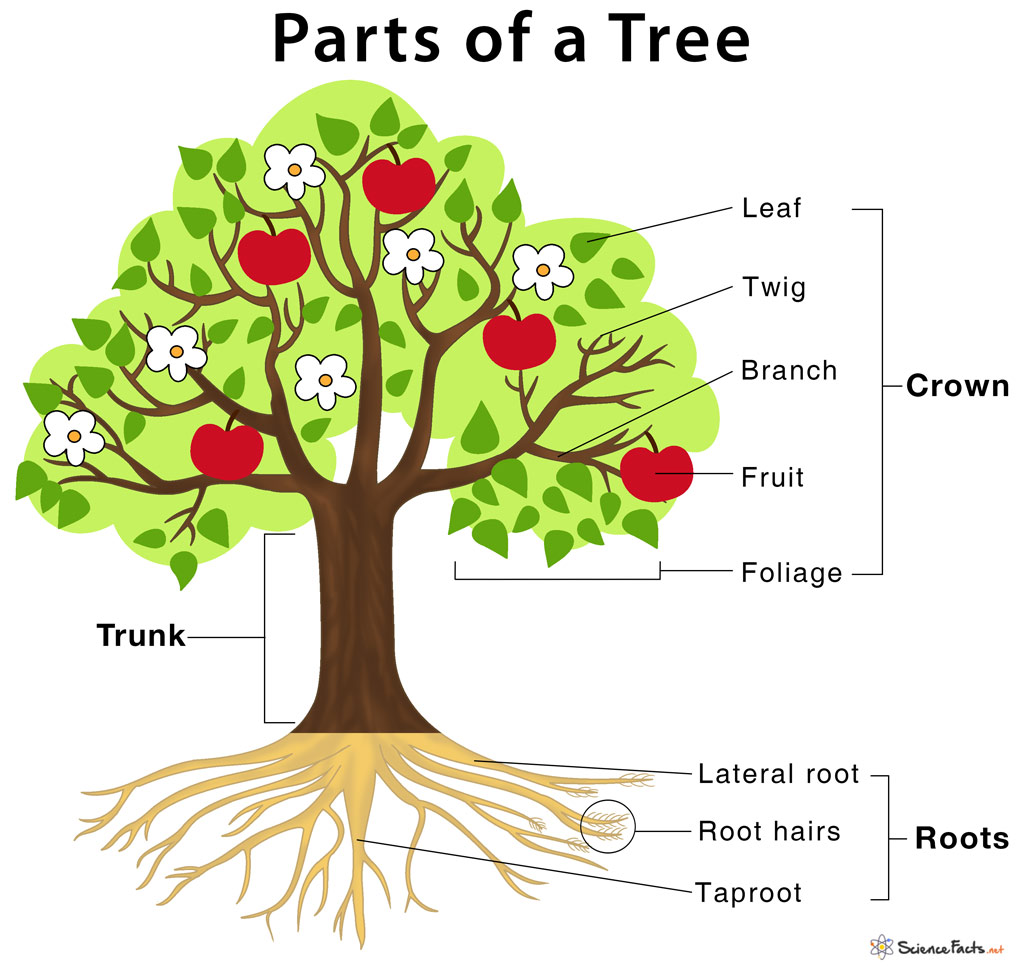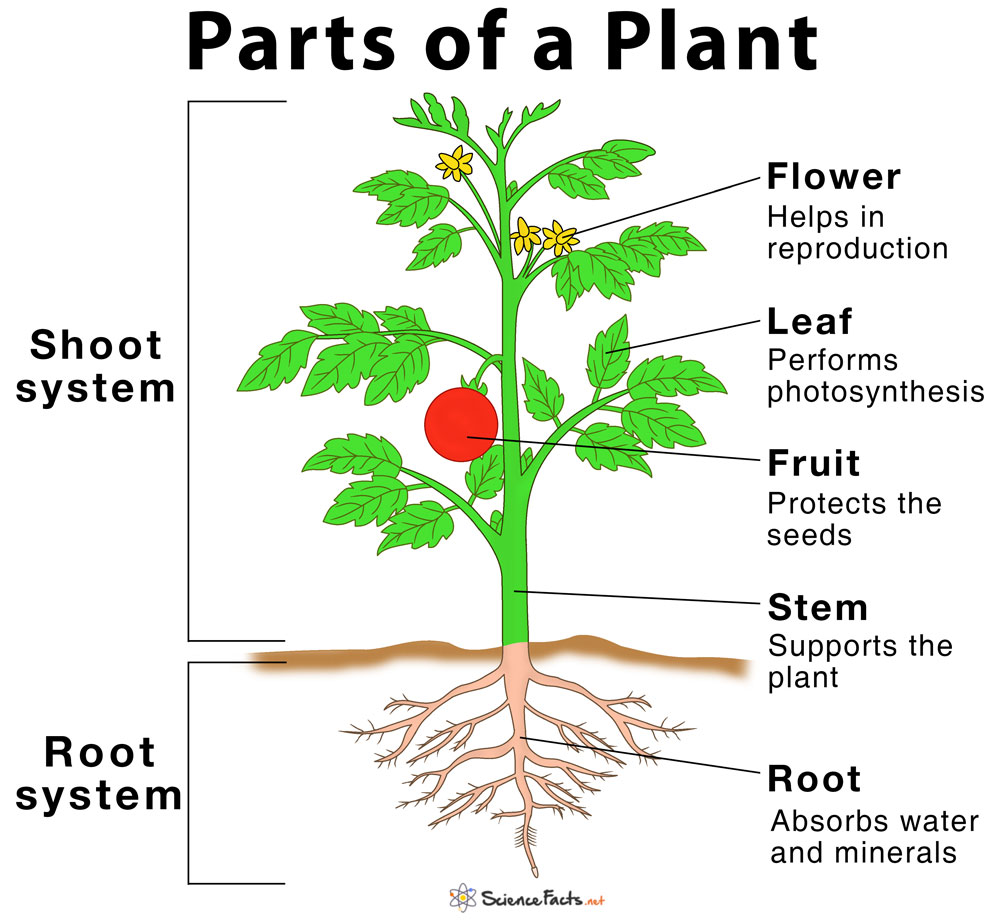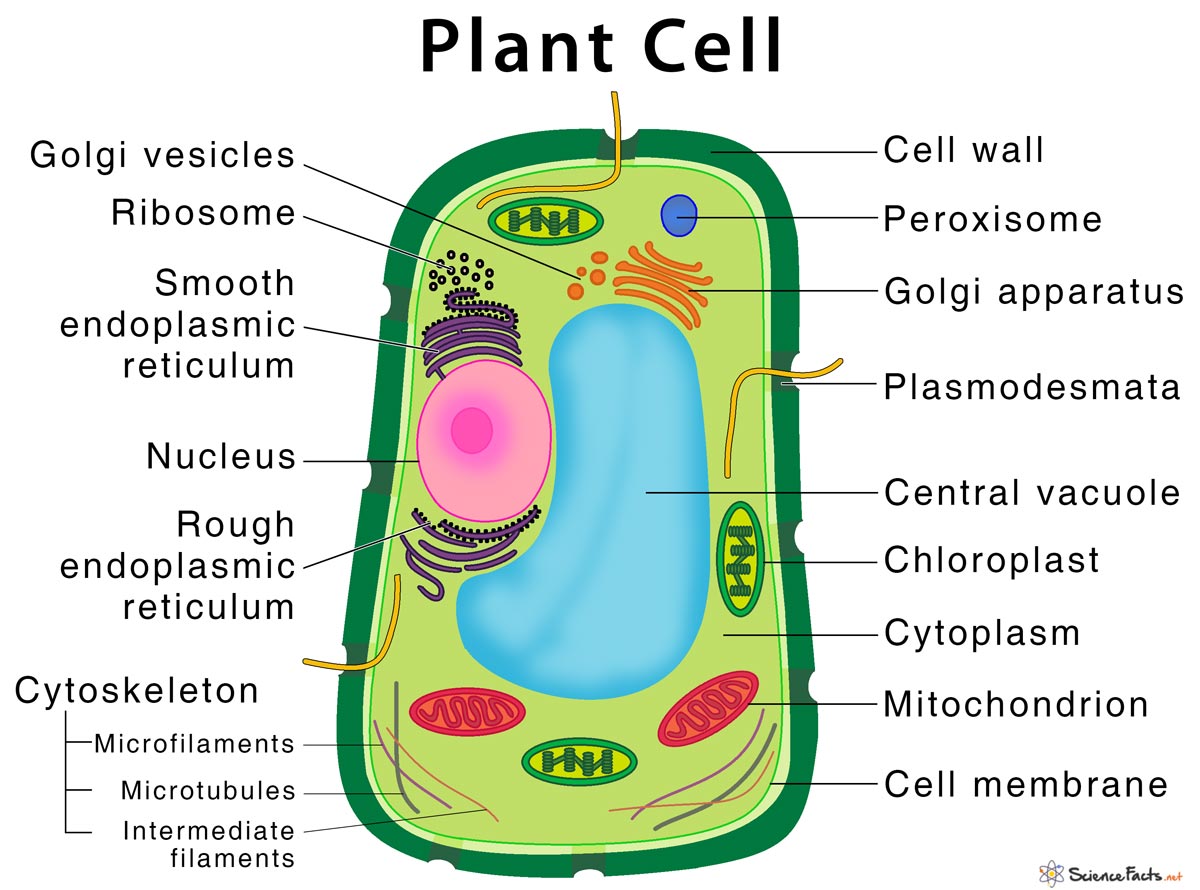Warm Front
A warm front is the boundary that forms when a warm, lighter air mass moves into and overtakes a cooler, denser air mass. It happens because air masses of different densities and temperatures do not mix easily. Instead, they interact along a sloping boundary where the warm air glides up and over the cooler air. A warm front is often associated with changes in temperature, cloud formation, and precipitation.
How Are Warm Fronts Represented on Weather Maps
Warm fronts are represented on weather maps by a red line marked by semicircles pointing in the direction of movement. These semicircles indicate the advancing warm air. In the Northern Hemisphere, these shapes typically extend toward the east or north.
Characteristics of Warm Fronts
Here are the major characteristics of warm fronts:
Direction of Movement
Warm fronts typically move in the direction of the advancing warm air mass, replacing the cooler air in their path. On weather maps, they are represented as a red line with semi-circles pointing in the direction of movement.
Sloping Boundary
Unlike cold fronts, which have steep boundaries, warm fronts have a gentle slope. It is because the warm air glides up and over the cooler air at a shallow angle.
Interaction of Air Masses
The interaction between the advancing warm air and the retreating cold air leads to cloud formation and precipitation.
What Weather Does Warm Front Bring
Weather Ahead of the Front
- Cirrus clouds form first, followed by cirrostratus, altostratus, and nimbostratus clouds.
- Light to moderate precipitation, such as rain or drizzle, often occurs ahead of the front.
- Temperatures remain cool, and winds generally blow from the east or southeast.
Weather During the Passage of the Front
- Rain or drizzle continues.
- A noticeable increase in temperature occurs.
- Atmospheric pressure drops slightly.
- Low, gray clouds (stratus or nimbostratus) dominate, but they begin to thin out.
- Winds shift direction, often moving from an easterly direction to a southerly or southwesterly direction in the Northern Hemisphere.
Weather Behind the Front
- Skies clear as the warm front passes, bringing a warmer and more humid air mass.
- Winds shift from the south or southwest, and occasional drizzle may occur.
How Does A Warm Front Form Clouds and Precipitation
When a warm front approaches, the warmer air begins to ‘overrun’ the cooler air. This process involves many stages:
Step 1: Initial Contact
As the warm air mass approaches the cold air mass, the difference in their densities prevents them from intermixing easily. It causes the warm air to rise over the cooler air.
Step 2: Rising Warm Air
As the warm air rises, it cools down (as temperature decreases with altitude) and condenses into water vapor, which causes the formation of clouds. This stage often results in the development of stratus clouds and sometimes higher-level cirrostratus clouds.
Step 3: Cloud Formation
As the warm air rises over the cold air, it continues to cool with altitude. This cooling causes the water vapor in the warm air to condense into tiny water droplets or ice crystals, forming clouds. The clouds associated with warm air fronts are cirrus, cirrostratus, altostratus, stratus, or nimbostratus.
Step 4: Development of Precipitation
As the warm air continues to rise and starts to cool down with altitude, the condensed water droplets grow larger, eventually leading to precipitation. Common types of precipitation include drizzle, steady rain, or snow, depending on the temperatures.
How is a Warm Front Different From a Cold Front
| Basis | Warm Front | Cold Front |
|---|---|---|
| Air Movement | Warm air rises more gradually over cold air, resulting in widespread, steady precipitation and gradual weather changes. | The colder, denser air mass pushes under the warm air, forcing it upward rapidly. It creates a steeper boundary and often leads to intense, short-lived storms. |
| Temperature Changes | As a warm front passes, temperatures gradually rise. | As a cold front passes, the temperature drops sharply. |
| Slope of the Boundary | The slope is gentle. | The slope is steep. |
| Cloud Formation | It occurs progressively, starting with cirrus clouds, followed by cirrostratus, altostratus, and finally, nimbostratus. | It is more dramatic, with cumulus and cumulonimbus clouds forming quickly. |
| Precipitation | Light to moderate and steady, such as drizzle or rain.Occurs over a wide area for an extended period. | Often heavy and brief, including intense rain, thunderstorms, or even hail.More localized and short-lived compared to warm fronts. |
| Wind Patterns | Winds shift from the east or southeast ahead of the front to the south or southwest after the front passes. | Winds shift from the south or southwest ahead of the front to the north or northwest after the front passes. |
-
References
Article was last reviewed on Monday, January 13, 2025



